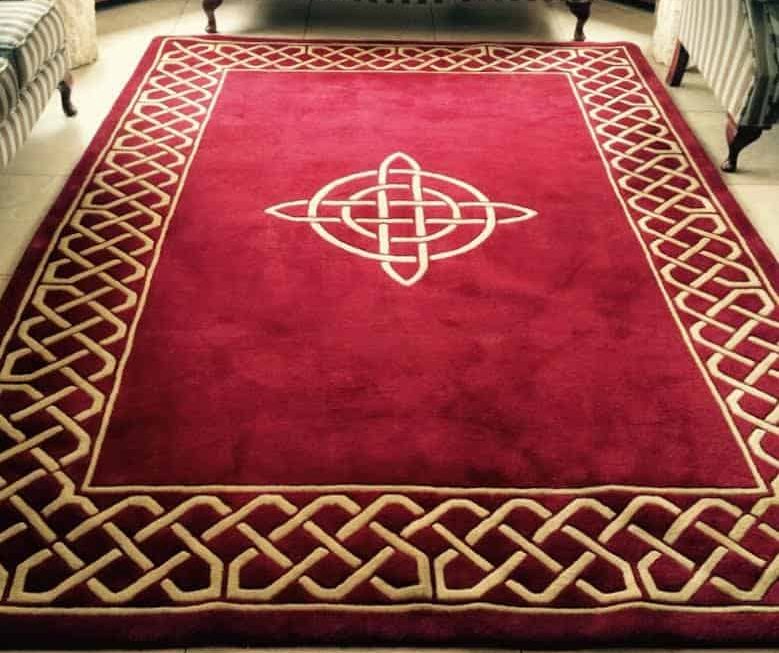Introduction to Carpet Cleaning Time Factors
Understanding how long carpet cleaning takes is vital for planning and maintaining your spaces. Several elements influence the timeframe of this important task. Let’s explore key factors that can affect carpet cleaning duration.
Size of Carpet: Bigger carpets take more time to clean. A small rug might be quick, but entire rooms require longer.
Type of Carpet: Different materials may need special care, influencing cleaning time.
Cleaning Method: Techniques like steam cleaning can require hours for drying, while dry methods are faster.
Soil Level: More dirt means more cleaning time. Heavily soiled carpets can add extra hours.
Furniture Movement: Shifting furniture to clear the carpeted area can add to the overall time too.
A grasp of these aspects helps in managing your carpet cleaning efficiently, whether you’re booking a professional or planning a DIY clean.
Average Time to Clean a Single Room
When tackling the question, ‘how long does carpet cleaning take?’, the focus often shifts to individual rooms. Typically, cleaning a single room might extend from 30 to 60 minutes. But, tiles like ‘average’ are not one-size-fits-all. Professionals might speed through a small, lightly soiled space quickly while tougher jobs in larger rooms slow them down. Factors like furniture, carpet soiling, and cleaning methods play roles here.
Condition of the Carpet influences time. Lightly soiled carpets are quicker to refresh. Heavily dirty or stained carpets, especially with ingrained dirt, push timescales up as they need more intensive work.
Carpet Size and Area Coverage matter too. Naturally, a bigger space with more carpeted area takes more effort and time to clean compared to a small room or area rug.
The Chosen Carpet Cleaning Method is crucial. Standard dry cleaning could see your room back in action rapidly, often in under a couple of hours. Steam cleaning, conversely, adds drying time, stretching the whole process to a day, depending on conditions.
In sum, while ‘30 minutes per room’ is a handy baseline,
expect variations based on your unique carpet circumstances. Clear communication with your cleaning service should provide a tailored time estimate for your space.
Variables Impacting Carpet Cleaning Duration
Understanding the key variables that impact carpet cleaning duration can help set realistic expectations. Below are three main factors to be considered.
The Condition of the Carpet
The state of the carpet plays a significant role.
- Lightly Soiled Carpets: Quicker to clean. Minor spots are treated more easily.
- Heavily Soiled Carpets: Require more time. Deep cleaning and stain treatment take longer.
Prompt treatment of spills and stains can minimize cleaning durations.
Carpet Size and Area Coverage
The size of the carpet affects the cleaning timeline.
- Small Rugs: Cleaned promptly, usually in less time.
- Large Carpeted Rooms: Take longer due to greater area.
Knowing your carpet’s dimensions can help predict cleaning times more accurately.
Chosen Carpet Cleaning Method
Different cleaning methods come with varying timelines.
- Dry Cleaning: Involves less drying time; quicker to complete.
- Steam Cleaning: Thorough but requires hours for drying.
Your cleaning method choice directly influences how long the job takes.
Each variable is crucial in determining how long carpet cleaning will take, from the initial conditions to the size and cleaning strategy. Set aside the right amount of time based on these factors for an efficient carpet cleaning schedule.

Professional Carpet Cleaning vs. DIY Methods
Choosing how to clean your carpets can impact the time it takes.
Advantages of Professional Services
Professional cleaning has several key benefits:
- Efficiency: Professionals clean fast with advanced tools.
- Deep Cleaning: Pros remove tough stains and deep dirt.
- Convenience: They handle the entire process in one go.
- Quick Drying: High-end equipment cuts down drying time.
Professionals expertise saves time and offers thorough cleaning, which can be a great advantage for those with busy schedules.
Considering Do-It-Yourself Cleaning
DIY cleaning has its own merits, such as:
- Cost-effective: Save money by doing it yourself.
- Flexible Scheduling: Clean on your own time.
- Learning Experience: Become skilled in carpet care.
However, DIY requires more effort and might lead to longer cleaning and drying times due to less powerful equipment. When deciding between professional services and DIY, consider your time, budget, and required cleaning depth.

Post-Cleaning: Drying Time & Aftercare
Once carpets are cleaned, drying time becomes a crucial factor. This phase is key for avoiding mold and bad odors. Here’s what to consider during the drying and aftercare process:
- Dry Cleaning Aftercare: With minimal water use, carpets can be walked on almost right away. Still, leave time for any cleaning agents to settle.
- Steam Cleaning Drying Time: This method involves more moisture, extending dry time. It can take 6 to 24 hours, based on air flow and humidity.
- Speeding Up Drying: Increase air circulation with fans or open windows. It helps moisture evaporate quicker.
- Avoiding Dampness: Stay off wet carpets. This prevents dirt from transferring back onto the clean fibers.
- Furniture Placement: Only return furniture once the carpet is fully dry. Moving items too soon can cause marks or mold.
Correct aftercare ensures that carpets stay clean, fresh, and last longer. Make sure to follow these steps for the best results.
Tips for Reducing Carpet Cleaning and Drying Time
Quickening carpet cleaning and drying time is crucial, especially for busy households. Here are actionable strategies to streamline this period.
- Pre-Clean Regularly: Regular vacuuming can prevent dirt build-up. This makes deep cleaning quicker.
- Remove Furniture: Clear the area before professional cleaners arrive. It saves time spent on moving items.
- Choose Dry Methods: If quick use is vital, opt for dry cleaning methods. They dry faster than steam cleaning.
- Use Fans: Post-cleaning, use fans or air conditioning to speed up drying. Good airflow is key.
- Apply Carpet Protectant: A protectant can make future cleanings easier. Spills won’t soak as much, reducing drying time.
- Avoid Humid Days: If possible, clean carpets on dry days. Humidity can prolong drying.
By adopting these tips, you can reduce the time carpets are out of commission. This leads to a more efficient cleaning routine.

The Benefits of Regular Carpet Cleaning
Regular carpet cleaning brings several advantages to your home and office environments. Here are the key benefits:
- Improved Air Quality: Carpets trap dust, pet dander, and other pollutants. Cleaning them regularly removes these impurities and makes the air fresher.
- Extended Carpet Life: Dirt and debris can wear down carpet fibers. Regular cleaning prevents this, extending your carpet’s lifespan.
- Stain Management: Clean carpets more often, and you’ll find stains easier to remove. It saves time and keeps your carpets looking good.
- Healthier Living Space: A clean carpet reduces the risk of allergens and germs, creating a healthier space for everyone.
- Better Aesthetics: A well-cleaned carpet looks better, which improves the overall appearance of your room.
- Cost Savings: By maintaining your carpets, you avoid the higher costs associated with replacing them due to poor upkeep.
Consistent carpet cleaning is not just a chore; it’s an investment in your property’s value and the well-being of its occupants. Keep your carpets clean to enjoy a healthier, more attractive environment.
Conclusion: Optimizing Carpet Cleaning Schedules
Crafting the ideal carpet cleaning schedule is key to maintaining your space. To optimize the time spent on this task, factor in the size of your carpet, its condition, and the cleaning method used. These determine how long carpet cleaning takes.
A regular cleaning routine will help keep your carpets fresh, extend their life, and improve air quality. Choose professional services for efficiency and depth or DIY for flexibility and cost-saving. After cleaning, allow correct drying time, especially for methods like steam cleaning.
Employ tips such as vacuuming often and clearing furniture in advance to speed up the process. Consider the weather and use fans to aid in faster drying.
By managing these elements wisely, you’ll ensure that your carpet maintenance is both effective and efficient, securing a cleaner and healthier environment at home or in the office.



